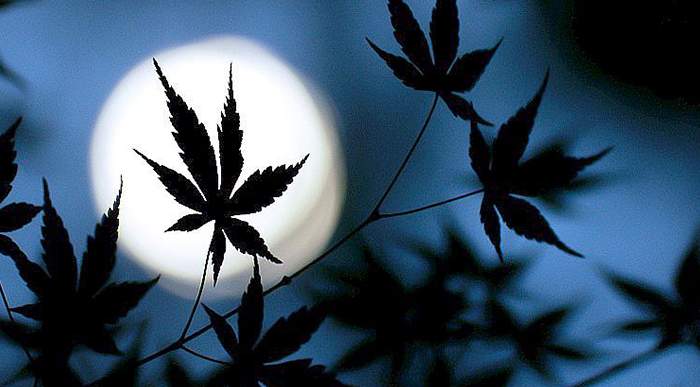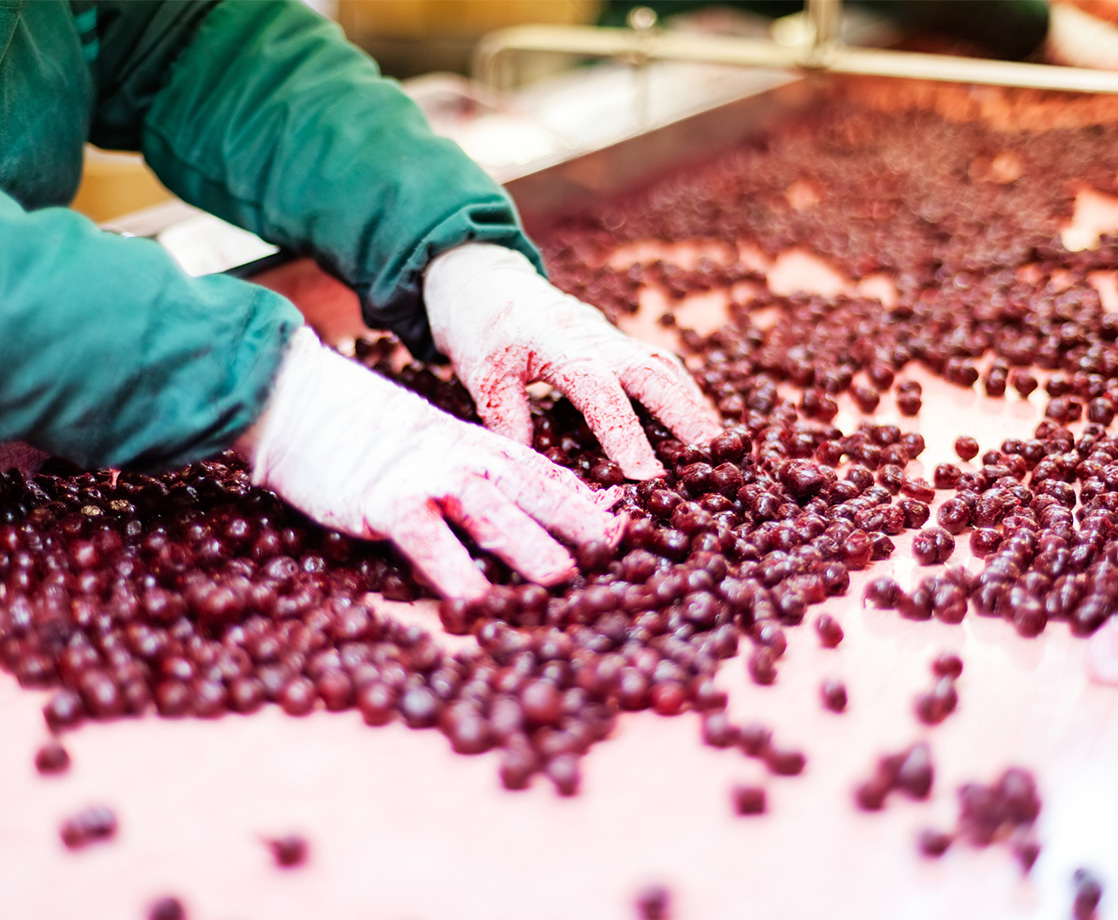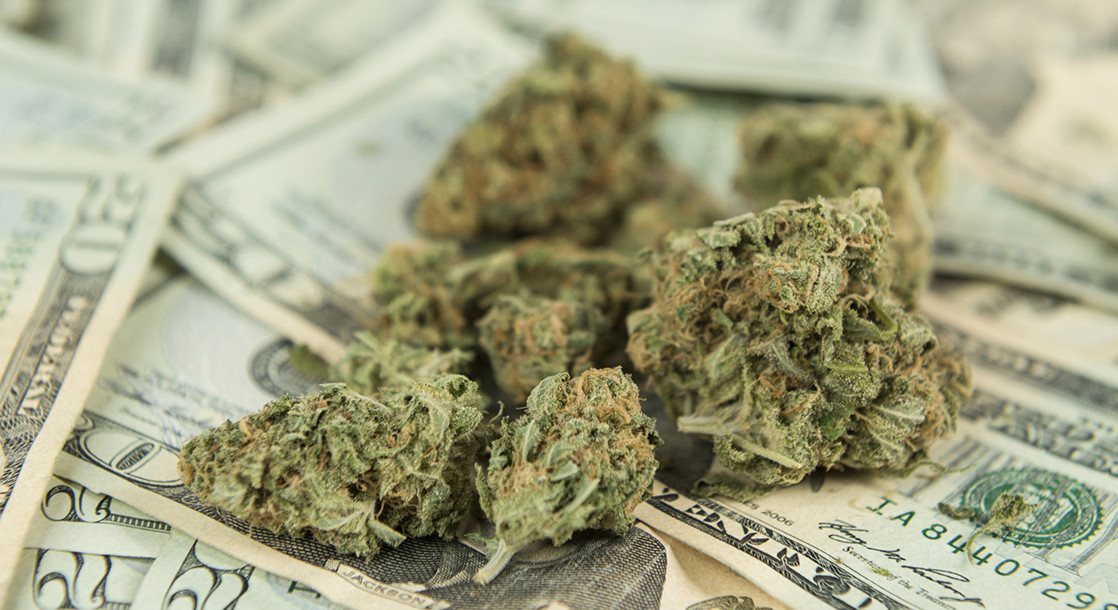I once bought purple weed from a good witch who told me a secret. “To make it purple, you must plant it during the full moon—and there must be a cool breeze,” she explained while stroking her cat and smoking a blunt.
I wanted to believe her, and it kind of made sense. The moon is a mysterious and mythical entity—it’s a powerful symbol in religions like Islam and Wicca, it controls the tides, it affects menstrual cycles, and even has its own genre of kooky conspiracy theories. (My favs are the “hollow moon” and “moon as spaceship” theories—spooooky!)
And the moon does play a role in agriculture, since it affects ground water levels just like it does with tides. Knowing what moon phase is best for planting and harvesting your crops can dramatically increase your yields. (For those of you with green thumbs, Gardening by the Moon is a great website for lunar planting tips.)
The moon is so powerful that it can influence both outdoor and indoor grows. But can it really turn weed purple???
The purple color in cannabis is caused by anthocyanins, a group of around 400 pigment molecules that are classified as flavonoids, and appear in shades of red, purple, or blue depending on their pH level. These color-makers can be found in all parts of the cannabis plant: the leaves, the flowers, the fruits, the stems, all the way down to the roots. But where and if these hues show up depends on the genetics of that plant.
For some reason, certain strains of weed that contain anthocyanins don’t turn purple unless they are exposed to cold temperatures. The magic behind this phenomenon is not fully understood—maybe because it’s witchcraft???—but there is a definite link between cold temps and enhanced anthocyanin production.
This explains the “cool breeze” in the witch’s instructions, but what part does the moon play, if any?
The main reason the moon is so mysterious is because scientists are afraid to study it. Not because it’s spooooooky, but because they don’t wanna be teased by their scientist buddies. In his new book, Moonstruck: How Lunar Cycles Affect Life, Ernest Naylor says that all that fun folklore and fantasy surrounding the moon has made us “Skeptical Sallys” of real moon-related effects. (He said the “Skeptical” part, I added the “Sallys.”)
Scientists will readily admit that the sun’s 24-hour circadian pattern is real and is wired into the genes of many species. But Naylor says “scientists fearing ridicule” are too scared to study similar moon-related effects.
The moon does affect how cannabis grows, but the information available at this time shows no link between the moon and purpleness. Until a scientist is brave enough to be labelled “that moon and weed person” I’m just gonna take that witch’s word for it.











